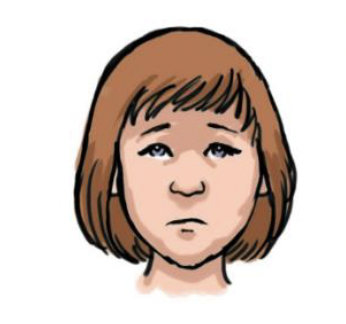Getting it right for every child (GIRFEC): child's plan - practice statement - easy read
Provides an easy read version of the overview of the consideration and function of the non-statutory child's plan within getting it right for every child (GIRFEC).
When should a child’s plan be made?

If a child has a wellbeing need, staff should work with the child or young person, and their family to ask these five questions:
- What is getting in the way of wellbeing?

- Do I have all the information I need to help?

- What can I do now to help?
- What can my service do now to help?

- What other help is needed from others?
This help might become part of the child’s plan. A meeting should be arranged to discuss this.

Support from more than one organisation might be needed for the child or young person. This is called multi-agency support. This should be part of the child’s plan.

The child or young person and their family can choose if they would help with getting support from someone known as a named person.

An assessment of wellbeing should list anything in the child or young person’s life which might affect their physical, mental, or emotional wellbeing. This will help to arrange the best support for the child or young person.

The assessment process should also include My World Triangle tool and Resilience Matrix as well as Wellbeing Wheel to prepare multi-agency child’s plan.

Contact
Email: GIRFEC@gov.scot
There is a problem
Thanks for your feedback